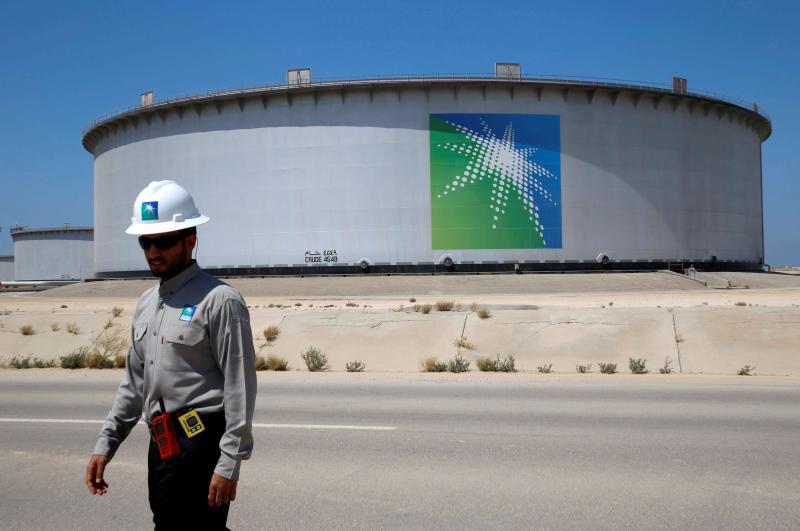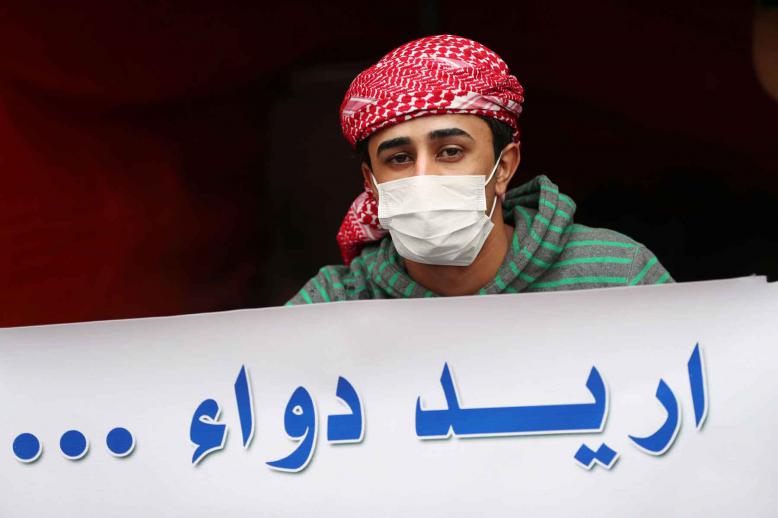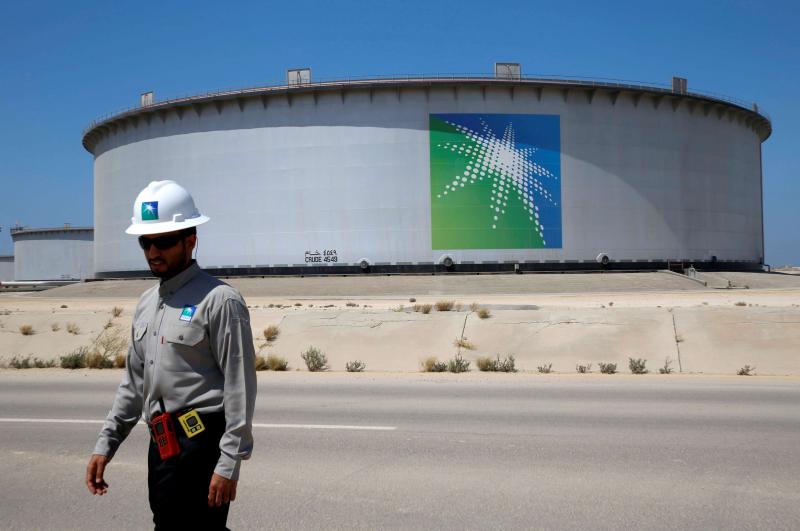Saudi Aramco sheds non-core activities in anticipation of IPO
Investors and energy analysts scrutinising moves by Saudi Aramco as it prepares for its long-awaited initial public offering (IPO) may take heart from reports that the Saudi state oil and gas conglomerate has begun restructuring some non-oil and gas assets.
As part of its efforts to maximise Saudi Aramco’s market value ahead of its eventual share offerings, the company has established a subsidiary to manage its pension fund and is considering selling off non-energy-related units.
Saudi Aramco took an important step to separate significant non-core assignments traditionally foisted upon it by the Saudi government when it signed a project management joint venture deal with US construction firm Jacobs Engineering in May 2017. The joint venture is to oversee government infrastructure and non-oil projects.
As the Saudi government’s favourite cash cow, Saudi Aramco has long taken on government-mandated ventures outside its core energy scope that have been perceived by critics as a drain on the company’s financial resources and an ineffective use of its manpower.
Saudi Aramco is said to have created a subsidiary six months ago for its massive pension fund known as Wisayah. The multibillion-dollar fund is being overseen by financial professionals at the company’s Dhahran headquarters. This step was taken to ensure a clear delineation between the pension fund and the company’s business activities.
The Saudi state oil and gas giant is looking to spin off non-core divisions that it believes could affect not only its bottom line but how investors perceive the strength of its energy-related operations. For that reason, Saudi Aramco is reportedly taking a second look at its aviation division, which operates ten jets, including Boeing 737s and Embraer 170s, as well as helicopters, to determine whether to form a joint venture or hire an outside company to manage the division.
Another area the company is apparently examining is its medical care operations. Five years ago, Saudi Aramco collaborated with Johns Hopkins University School of Medicine in Baltimore to create a joint venture, the Johns Hopkins Aramco Healthcare Company, to provide medical care for the state oil firm’s 65,000 employees and their families. The company may be considering opening its health-care operations to the public but it is not clear whether the joint venture would seek outside help to oversee the medical care.
The process leading to the IPO has been a bumpy one since then Deputy Crown Prince Mohammed bin Salman bin Abdulaziz announced in January 2016 that the Saudi government would be selling up 5% of the kingdom’s state crown jewel. The limited sale is the cornerstone of the Saudi regime’s expansive economic restructuring programme, known as Saudi Vision 2030, which is designed to reduce the kingdom’s great dependency on oil and gas revenues.
Crown Prince Mohammed had put the value of Saudi Aramco at $2 trillion, saying that as much as $100 billion in proceeds from the IPO would be directed into the kingdom’s Public Investment Fund, which would be used for domestic and foreign investments to build a more diversified Saudi economy. Outside energy analysts offered valuations of the Saudi state firm that range from $1 trillion-$1.5 trillion. The Saudi government is also banking on higher oil prices continuing into next year to support a higher valuation for the state firm.
Although Saudi officials had from the outset insisted that the IPO would take place in the latter half of 2018, even Crown Prince Mohammed recently suggested that the sale will likely slip into 2019. One of the challenges that has slowed progress on the IPO is a decision on venues for listing Saudi Aramco shares. It is all but guaranteed that the Saudi domestic bourse, the Tadawul, will float company shares but it is unlikely that the Saudi stock exchange will absorb the entre IPO, given its relatively small size and lack of liquidity.
The New York Stock Exchange — a preferred foreign venue for Crown Prince Mohammed and US President Donald Trump — has been effectively ruled out by the Saudi government because of its strict transparency requirements and exposure to legal ramifications from US legislation related to the 9/11 terrorist attacks.
A listing on the London Stock Exchange has its own set of challenges, leaving the Hong Kong bourse as a potential winner. There is also the possibility that the eventual sale of Saudi Aramco shares will involve a limited listing on the Saudi stock exchange combined with a sale to private investors.
By streamlining operations to strengthen the overall performance of the company and highlight its oil and gas activities, Saudi Aramco is preparing for closer scrutiny by potential investors who will want to see concrete fiscal and operational facts and figures before the IPO. For that reason, it is highly probable that the state oil and gas conglomerate will find more non-core operations it can spin off to better position itself for the eventual sale.
Jareer Elass is a Washington-based energy analyst, with 25 years of industry experience and a particular focus on the Arabian Gulf producers and OPEC.
This article was originally published in The Arab Weekly.







